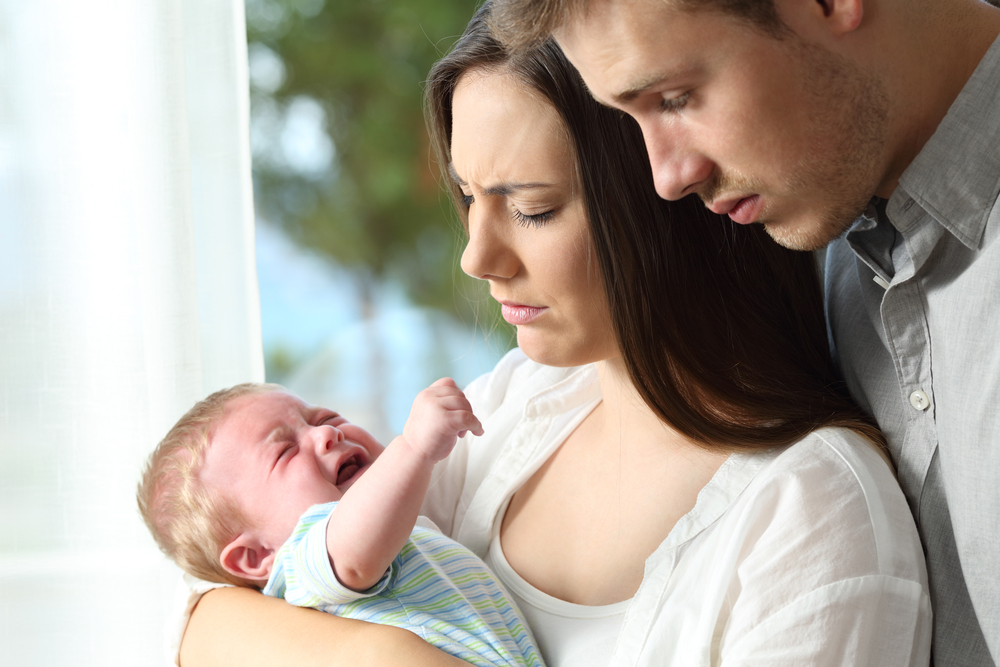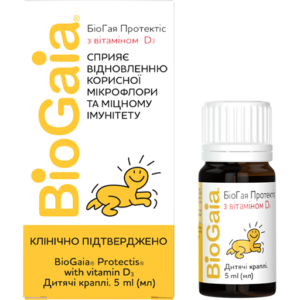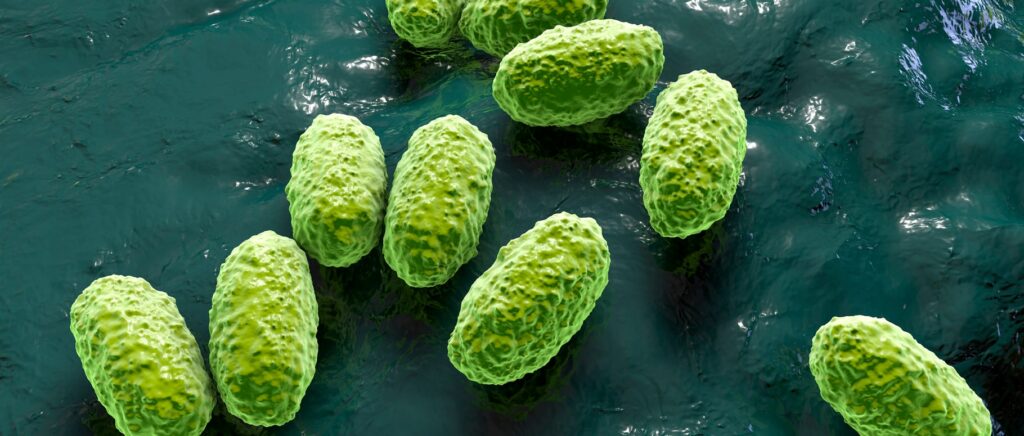
What is colic?
Intestinal, or infantile colic, is abdominal pain that appears in babies 3-4 weeks of age with sudden restlessness, shrill screaming, crying. The baby may pull the legs to the stomach and then sharply straighten them, wriggle, clench his hands into fists, blush.
After gas or bowel emptying, the child immediately calms down. If such attacks last three hours or more per day and at least three days a week for three weeks, it is intestinal colic. Between them, the child is healthy, has a good appetite and normal weight gain. Attacks of intestinal colic are usually often repeated overnight, which is very frightening for parents, making them worry. As a rule, after the child reaches the age of three months, colic passes by itself.
The main causes of colic in infants
Among the main causes of intestinal colic in infants, inappropriate feeding is important, when the child sucks milk (or adapted formula) too quickly, swallowing air with it, eats too much food at one time, or starts complementary foods early. The baby’s mother must learn to feed the baby in a way that reduces the impact of these factors. If a woman is breastfeeding, she should also pay attention to her own diet – the use of spicy, spicy, gas-increasing foods (cabbage, onions, chocolate, legumes, etc.) and whole cow’s milk increases the likelihood and intensity of colic in the baby.
The causes of intestinal colic also include age-related immaturity of nerve receptors in the intestinal wall, endocrine and enzyme systems of the infant, which leads to changes in intestinal motility and painful spasms. Another important cause of colic is a violation of the formation of its own intestinal microflora (dysbacteriosis, intestinal dysbiosis). In the intestines of children with colic increased content of E. coli, Klebsiella and reduced number of beneficial lactic acid lactobacilli *. Due to the lack of these microorganisms and digestive enzymes in the intestines of the child’s body can not properly handle fats and carbohydrates, which leads to increased gas formation.
Gas bubbles press from the inside on the intestinal walls, which provokes pain in the abdomen, because of which the baby screams and cries. Intestinal colic experts consider not a disease, but conditionally normal, physiological condition for children of the first weeks of life. However, the child should definitely be shown not only to the pediatrician, but also to a pediatric gastroenterologist, because colic can hide other, more serious pathologies. If necessary, the doctor will prescribe such studies as coprogram, stool analysis for dysbacteriosis, ultrasound examination of the abdominal cavity, etc.
How to help a child with colic
To help a child with intestinal colic, it is necessary first of all to normalize its nutrition.
If breastfeeding, the mother should learn how to correctly put the baby to the breast and control its sucking, so that there is no swallowing of air. Also, the woman should follow a diet that limits foods high in carbohydrates and fats, which increase gas formation in the intestines. Babies receiving adapted milk formula may need to replace it with other formula with lower fat and lactose content.
It is better to feed your baby not by the hour, but on demand.
The amount of food per day in intestinal colic is recommended to reduce, and the number of feedings per day – to increase. The interval between feedings should be no longer than three hours. Supplement the baby if necessary can only be water. Parents should also learn to use a gas drainage tube, as this quickly improves the child’s well-being.
Of great importance is the psychological state of the mother.
It is proved that intestinal colic is much more common in first-born children, long-awaited children, children of elderly parents, in families with a high standard of living and people of mental labor. This fact is explained by the increased anxiety of adults about the health of the child. Eliminating psychological tension, creating an atmosphere of calm around the baby contributes to reducing the intensity of intestinal colic.
Well helps the child with colic postural therapy.
For example, after feeding the baby should be held in your arms tummy down at an angle of 45 ° for 10-15 minutes. This promotes the expulsion of air that the baby swallowed during feeding. When an attack of colic continues, the child should be taken in his arms, lay his head on his shoulder and lean against his tummy, holding vertically. Relieve colic light massage of the abdomen clockwise, putting a warm diaper or heating pad to it, laying the baby on his tummy in 1-1.5 hours after feeding.

BioGaia probiotics (https://biogaia.com.ua/probiotik-2/) containing Lactobacillus reuteri Protectis DSM 17938 have a good effect on colic. In international clinical studies it was proved that in breastfed infants, the use of Lactobacillus reuteri Protectis DSM 17938 reduced the severity of colic after 1 week*. The absence of contraindications to the child’s intake of Lactobacillus reuteri makes this method an alternative to other methods used in infants with colic under the most beneficial for children breastfeeding.
*Maidannik V.G., Ivanishin L.M. Clinical recommendations on diagnosis and treatment of intestinal colic in infants – K., 2013, – 16 p.

Myths and facts about colic in babies
Myth 1: Colic occurs only in sick babies
In fact, in the vast majority of cases, colic occurs in quite healthy babies who are growing and developing in accordance with their age, gaining weight well. Predict their appearance or absence is impossible. In general, there is no colic only about 20-25% of babies. Even in the same family, one child may have colic and his brother or sister may not.
Myth 2: Colic bothers boys more often than girls
This is not true, the appearance or absence of colic has nothing to do with the gender of the child.
Myth 3: Colic is caused by lactase deficiency
There is no consensus among scientists about the main cause of colic in children. However, true lactase deficiency causes them very rarely: 1 case per 130,000 children. Babies have a deficiency of all digestive enzymes, including lactase, but this condition is temporary. Age-related lactase deficiency at an early age is not the root cause of colic, although it can increase its intensity.
Myth 4: Only breastfed babies have colic
Both breastfed and artificially fed babies can suffer from colic. However, breastfeeding is better for your baby’s health than using artificial formula.
Myth 5: Colic can last up to 1 year of age
If your baby’s signs of abdominal pain do not go away at 3-4 months, you should see a doctor as soon as possible. The baby probably has another disorder in the digestive system.



